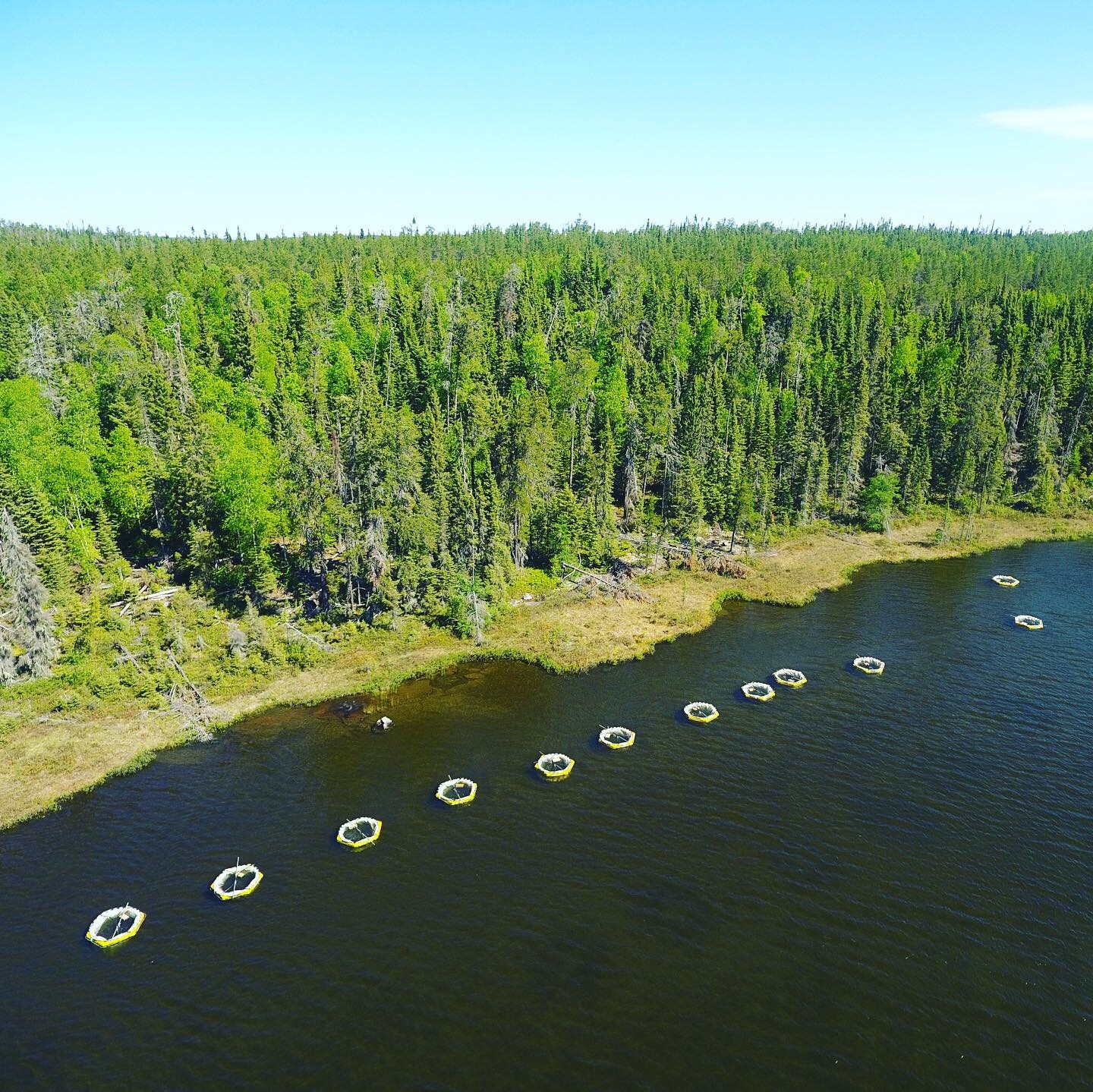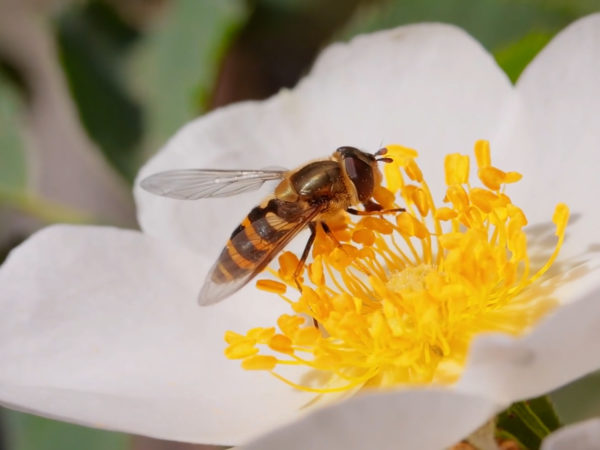
Just a couple years ago, nobody had heard of 6PPD-quinone, a chemical by-product of car tires. Until it was discovered that it can kill fish, including species in the Great Lakes.
Researchers with the University of Washington discovered in late 2020 that 6PPD-quinone was washing off roadways and into Seattle’s urban creeks during rainstorms – a death sentence for coho salmon.
6PPD-quinone is a toxic breakdown product of 6PPD, an antioxidant added to car tires to prolong their life. As 6PPD leaches out, it is oxidized into 6PPD-quinone. When other researchers followed up on the Washington study, they found the chemical in rivers feeding into Lake Ontario. Still others showed 6PPD-quinone could be deadly for rainbow and brook trout, but not for Arctic char, white sturgeon, zebrafish or Japanese medaka.
Clearly, mysteries remain about 6PPD-quinone’s effect on aquatic wildlife. This summer, a team from the Nielsen Lab at the University of Texas will travel to Kenora, Ontario’s Experimental Lakes Area in hopes of better understanding of how the chemical affects a freshwater lake’s larger ecosystem.
Located in a remote region of northwestern Ontario, the site is made up of 58 small lakes and their watersheds, set aside for scientific research. Operated by the International Institute for Sustainable Development, the ELA is the only research facility in the world dedicated to assessing human impacts on whole aquatic ecosystems. Other research projects at the ELA that Great Lakes Now has covered include the impacts of oil and of weed on freshwater.
The University of Texas researchers will use plastic curtains to partition off several 5,000-litre (1320 gallon) sections in one of the site’s lakes. They will then add 6PPD-quinone in pulses to simulate a rainstorm. This is important because most chemical toxicity studies examine stable levels of chemicals, but 6PPD-quinone is flushed in intermittent pulses into rivers and lakes when it rains.
The team will then spend the summer monitoring the water column—from the water and sediment chemistry to the fish and insect populations—to investigate the impact that 6PPD-quinone has on freshwater bodies at a way broader scale than we already understand.
“We’ll be looking at indirect effects,” said team leader and aquatic toxicologist Kristin Nielsen. “That is, when a food source is eliminated due to 6PPD-quinone, what are the downstream effects?”
She and her team will also track the chemical’s sublethal effects on fish, such as reduced fitness and ability to reproduce. At the same time, they will expose fish in a lab to 6PPD-quinone to see if lab results coincide with results from the whole lake study.
Since acceptable contaminant levels in lakes and rivers are often based on lab results, they hope to get a better handle on whether those levels make sense in the real world.
Nielsen hopes to have results to share in the next few months.
“This is a contaminant which is a big priority for people right now,” she said. “Ours will be the first whole ecosystem study of the effects of 6PPD-quinone.”
Catch more news at Great Lakes Now:
The next source of trouble for Great Lakes fish populations: tires
Nonprofit report points to outdated Clean Water Act for the miles of polluted rivers across the U.S.
Featured image: Researchers will be using lake enclosures at the Experimental Lakes Area like the ones pictured, which were used to test the effects of a diabetes drug on the lake ecosystem. (Photo courtesy of the International Institute for Sustainable Development)




